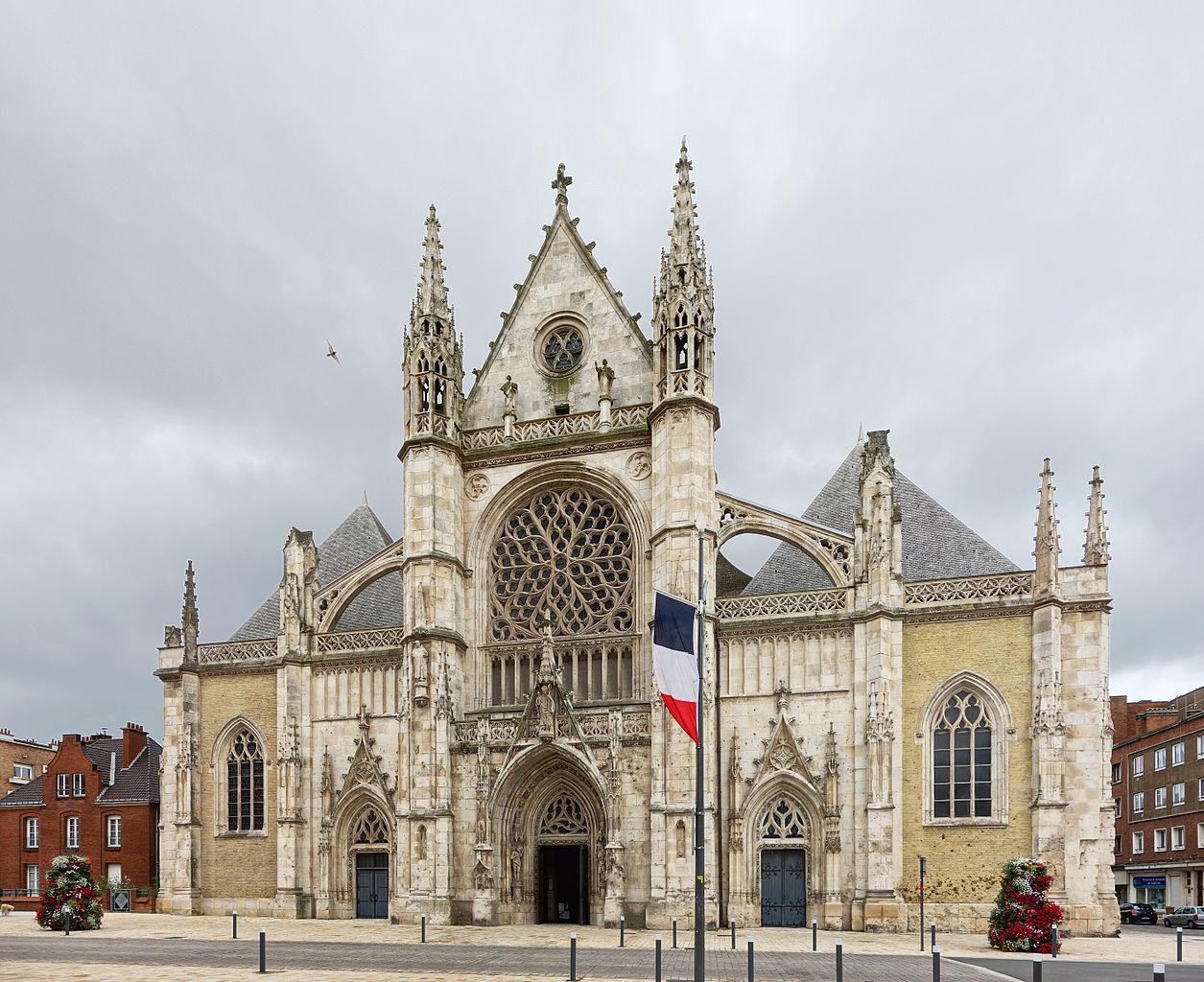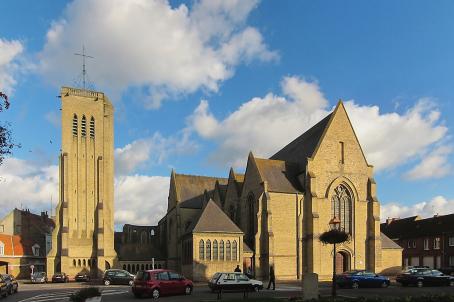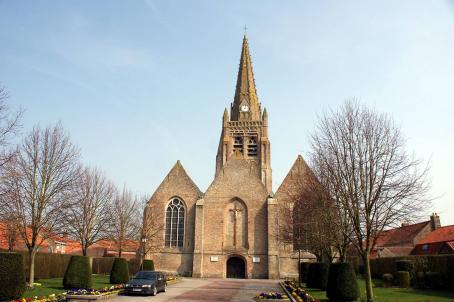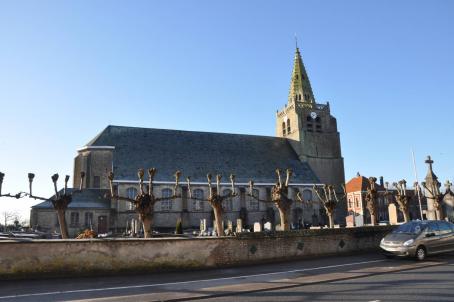Église Saint-Éloi

The church of Saint-Eloi, known as the cathedral of Les Sables, dates from the middle of the 15th century. In 1558, the French led by the marshal de Thermes invaded the town and burned the church. Only the tower remained. The reconstruction of the church began around 1560 under the direction of the master-builder Jean de Renneville. The old tower, separated from the new church by part of the ruins of the first church, remained isolated and was used as a belfry. The belfry is listed as a UNESCO World Heritage Site under the title Belfries of Belgium and France.





